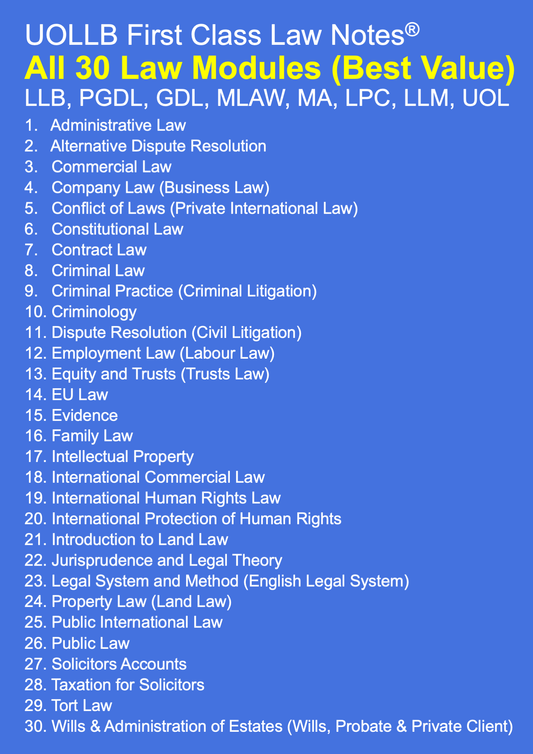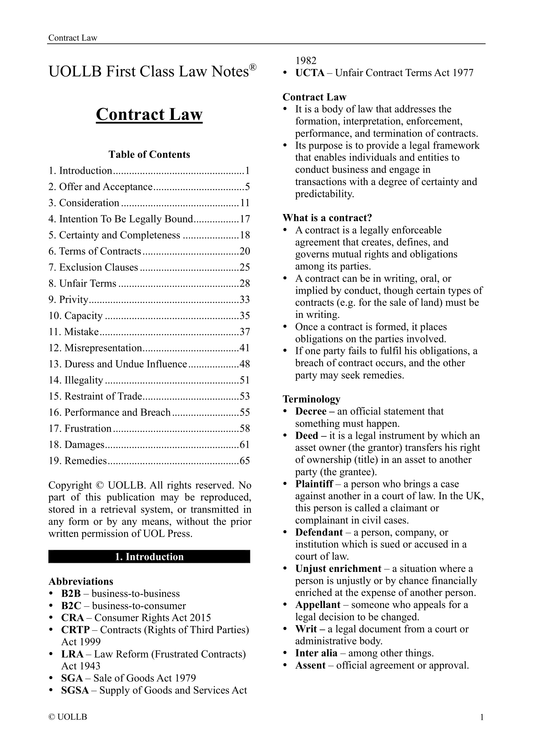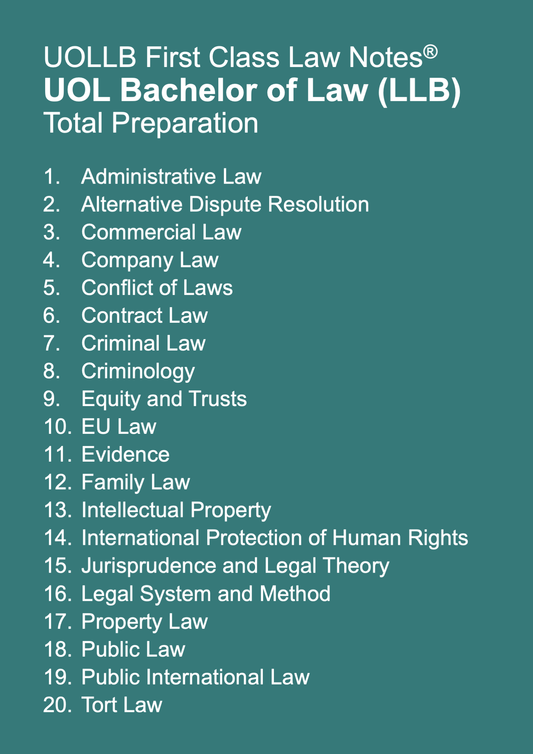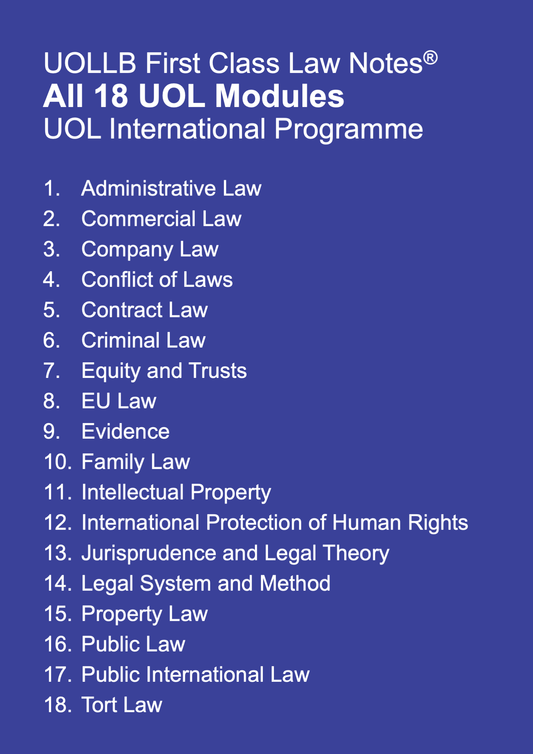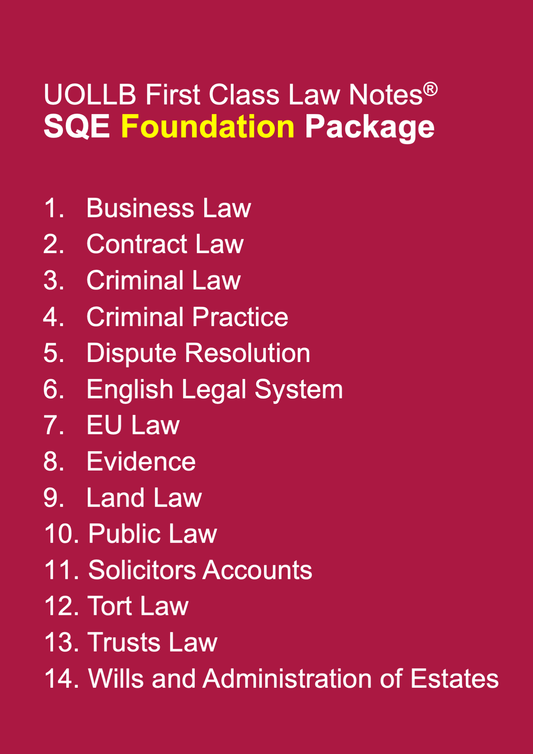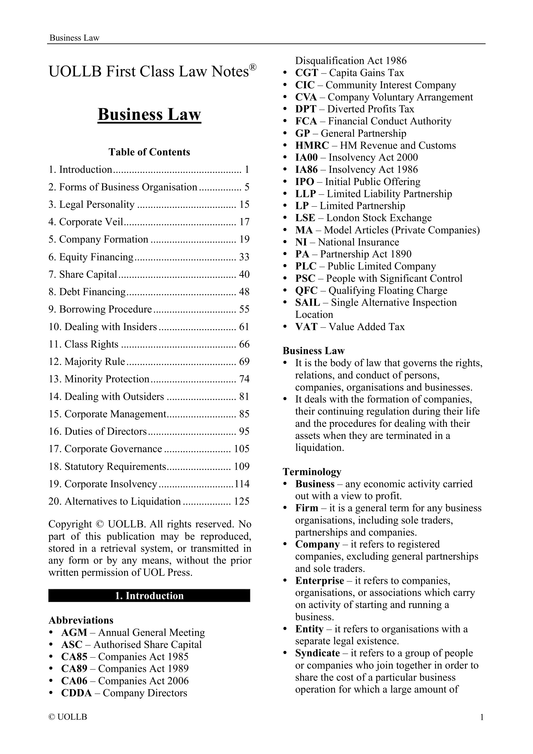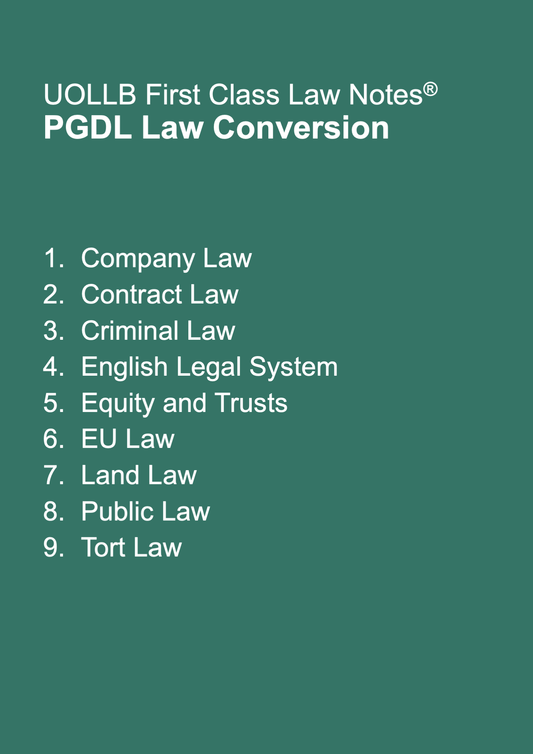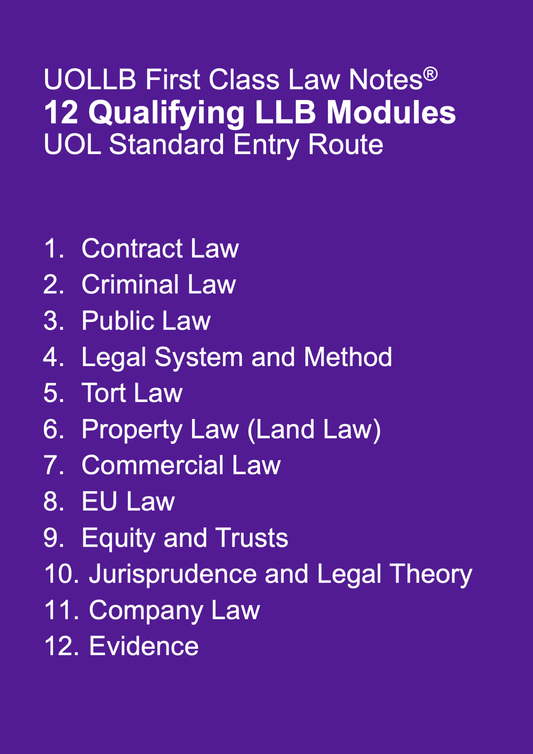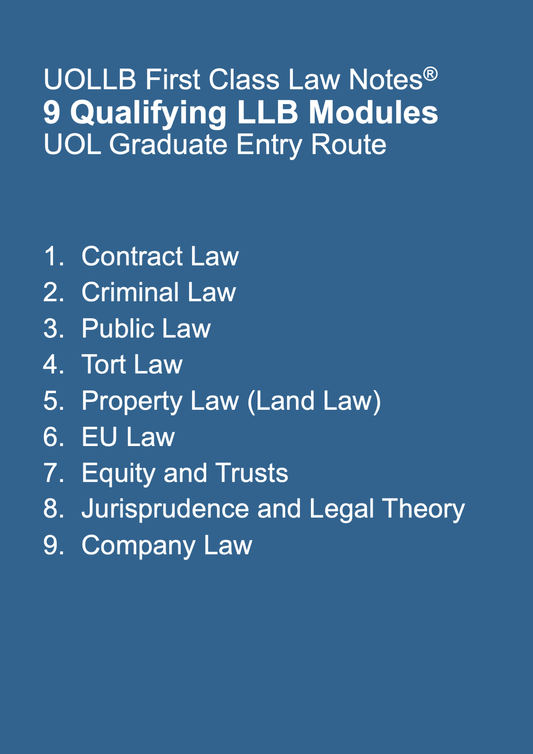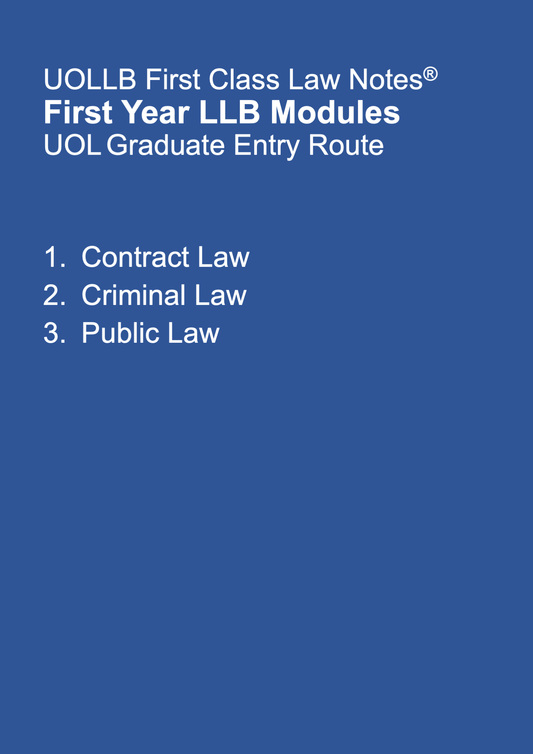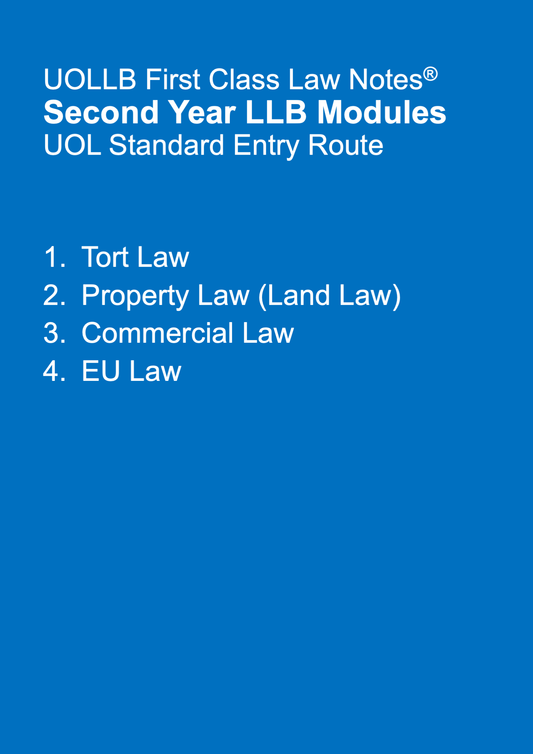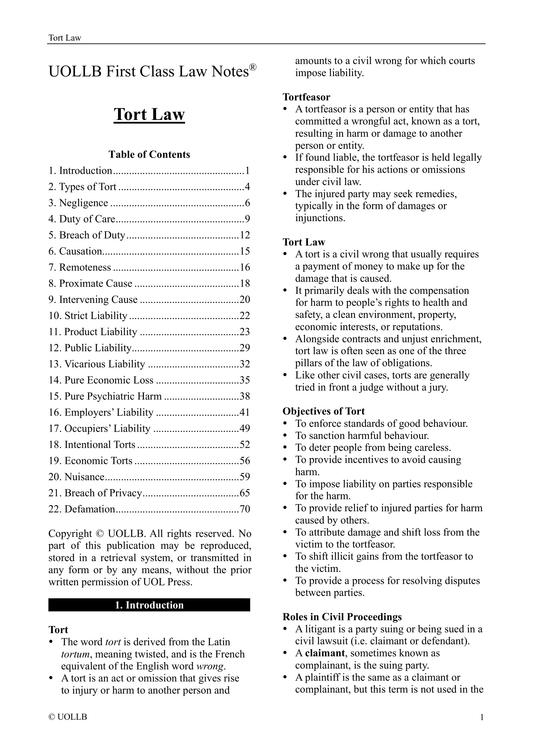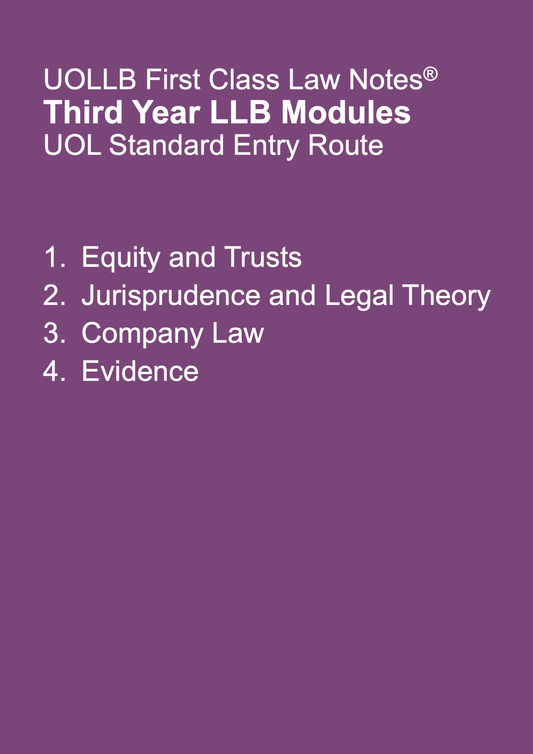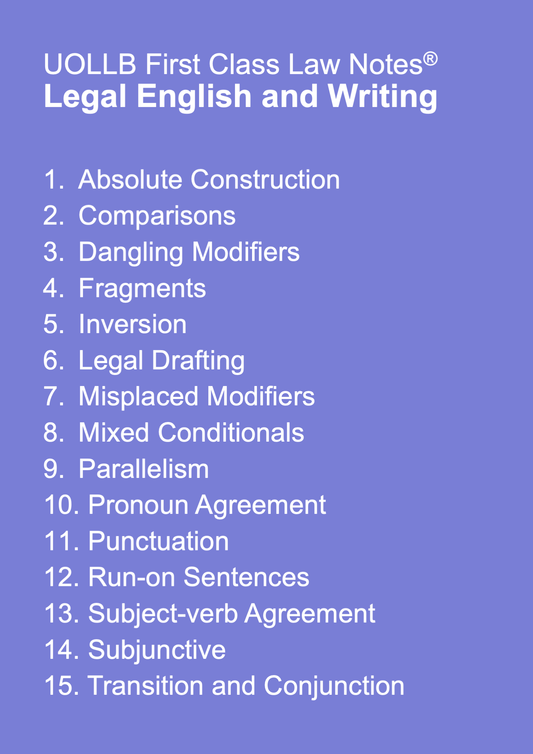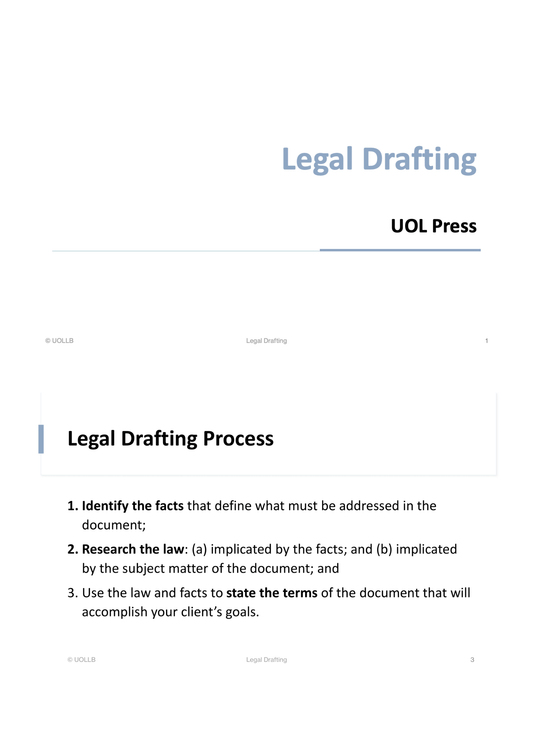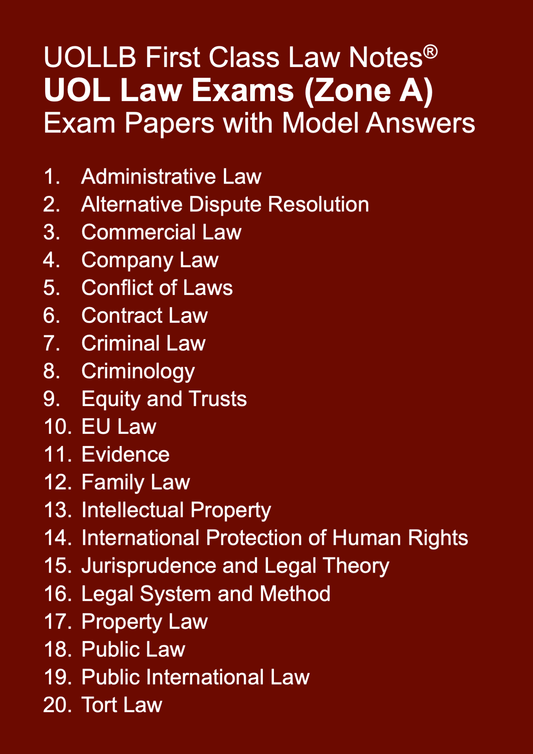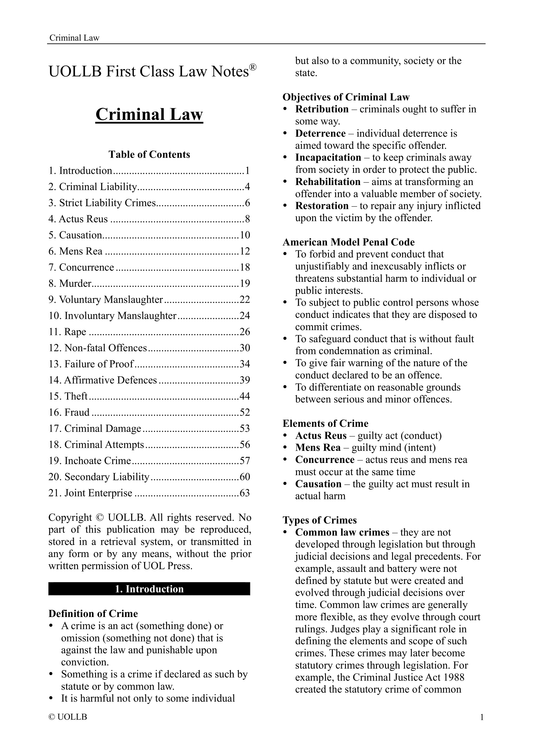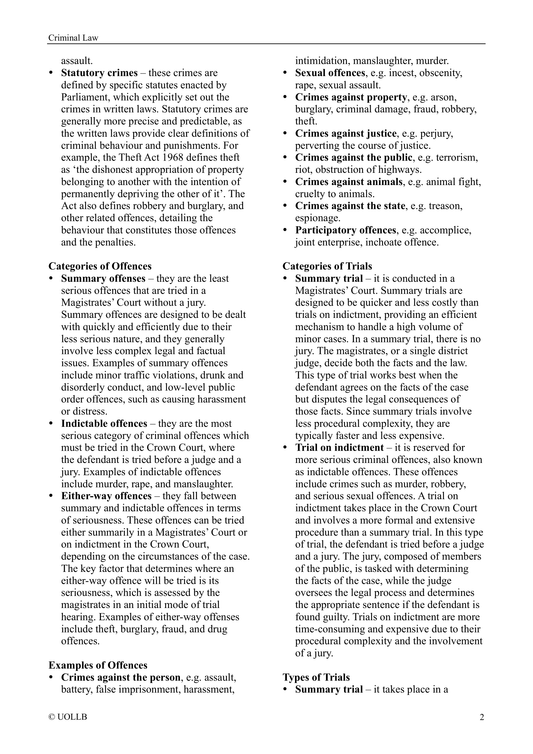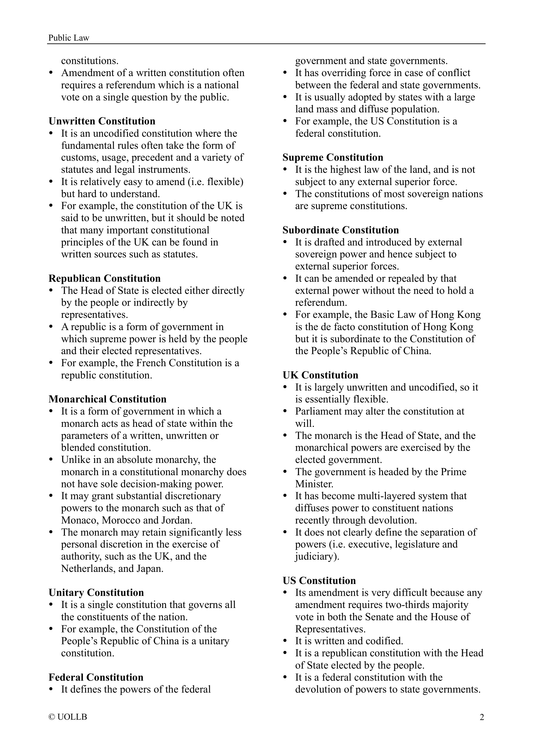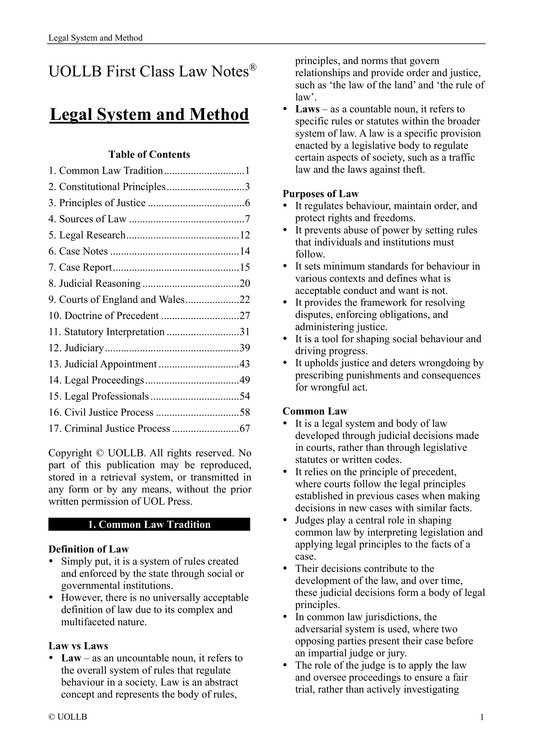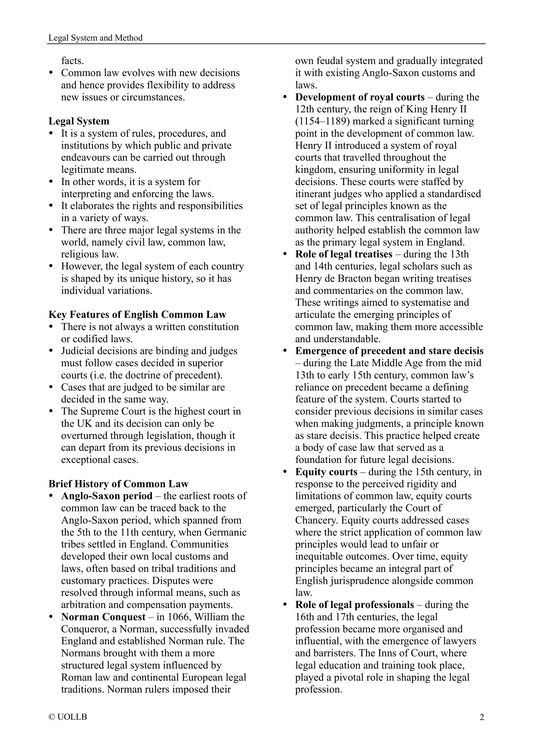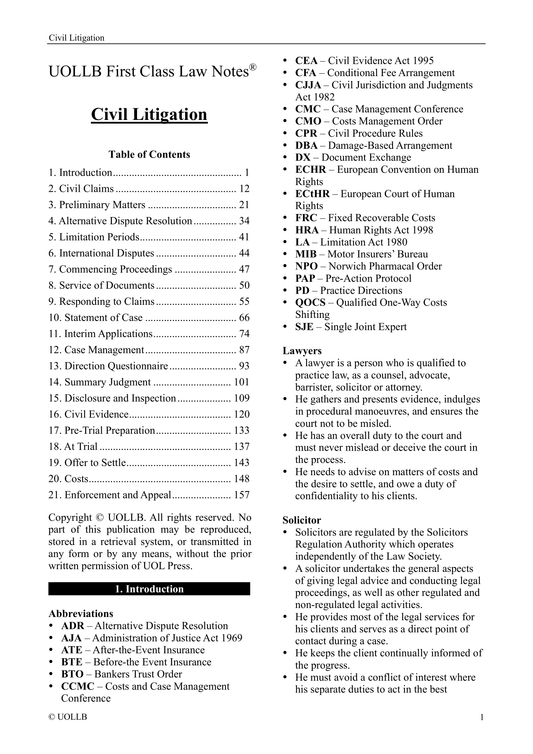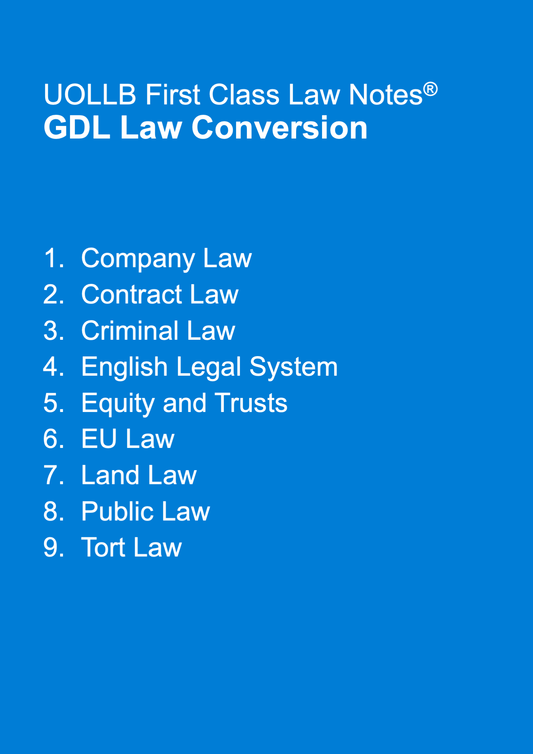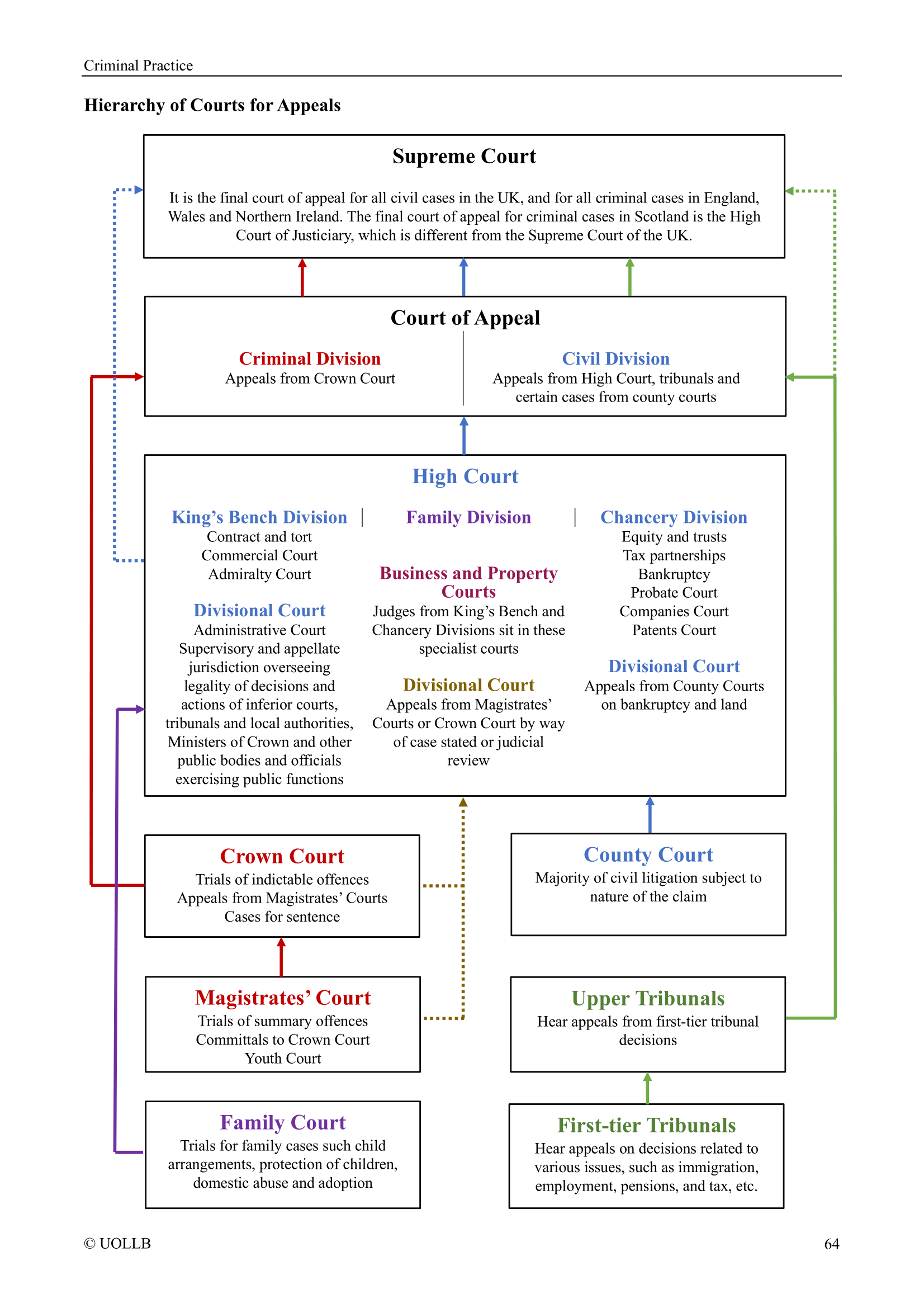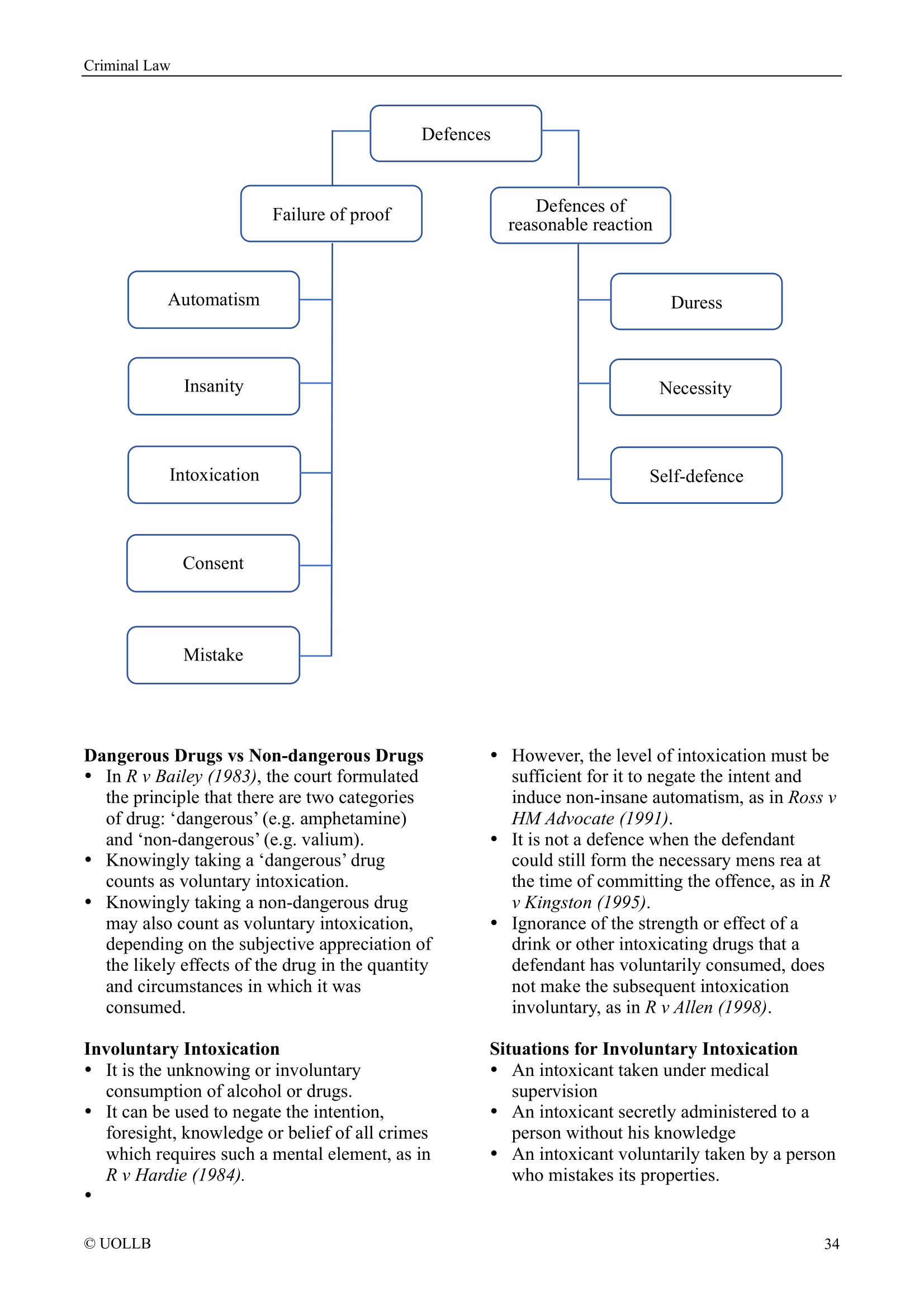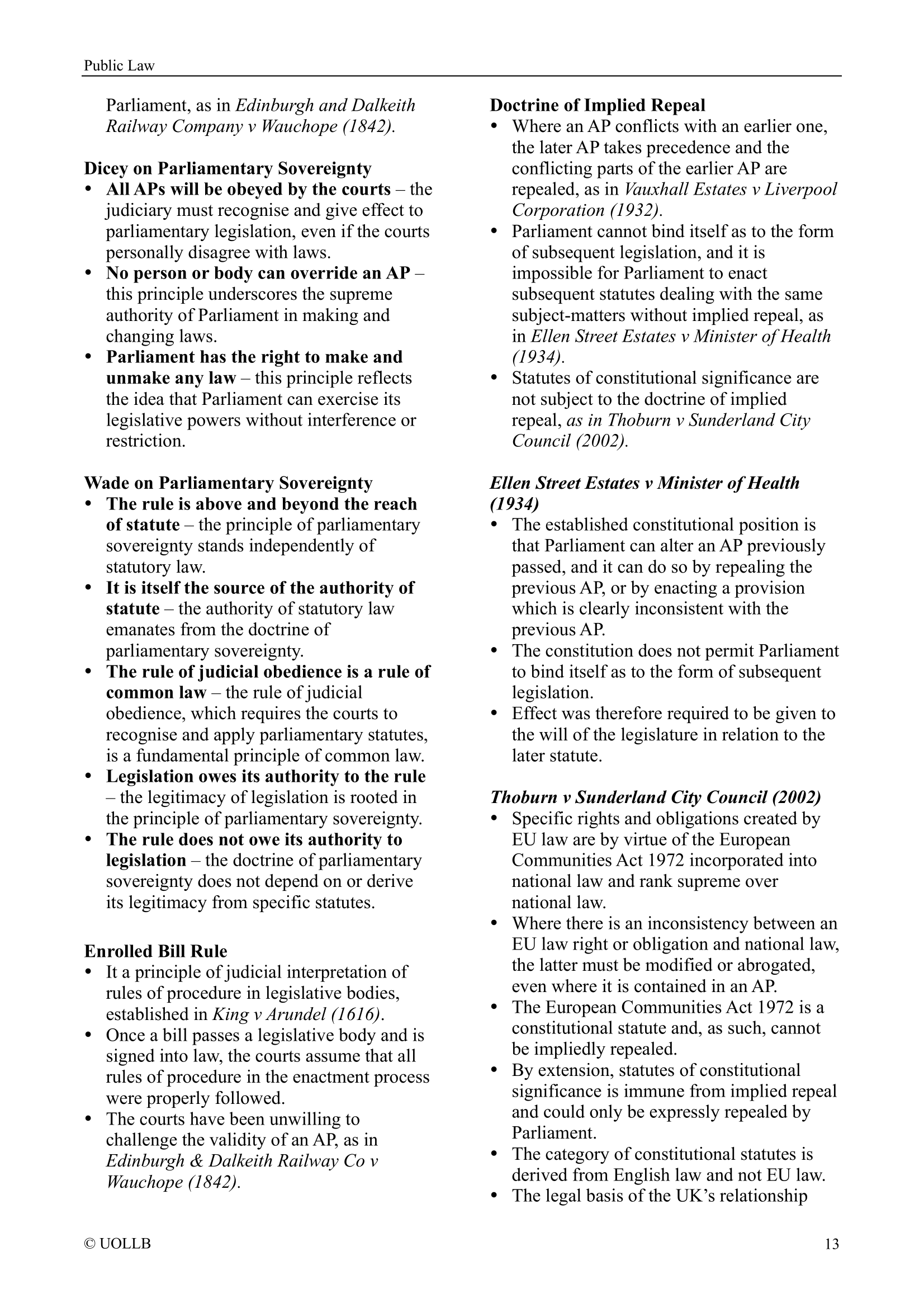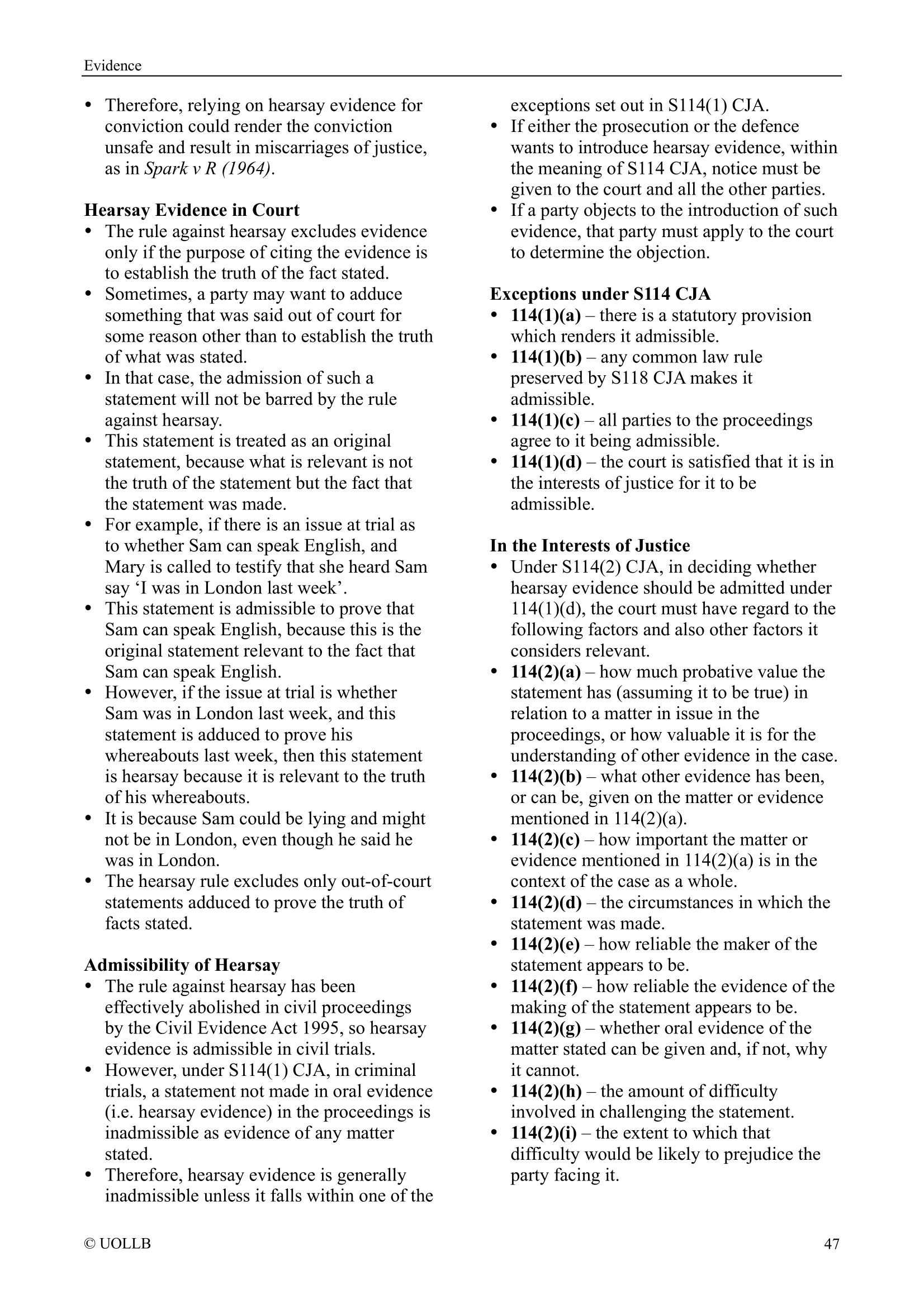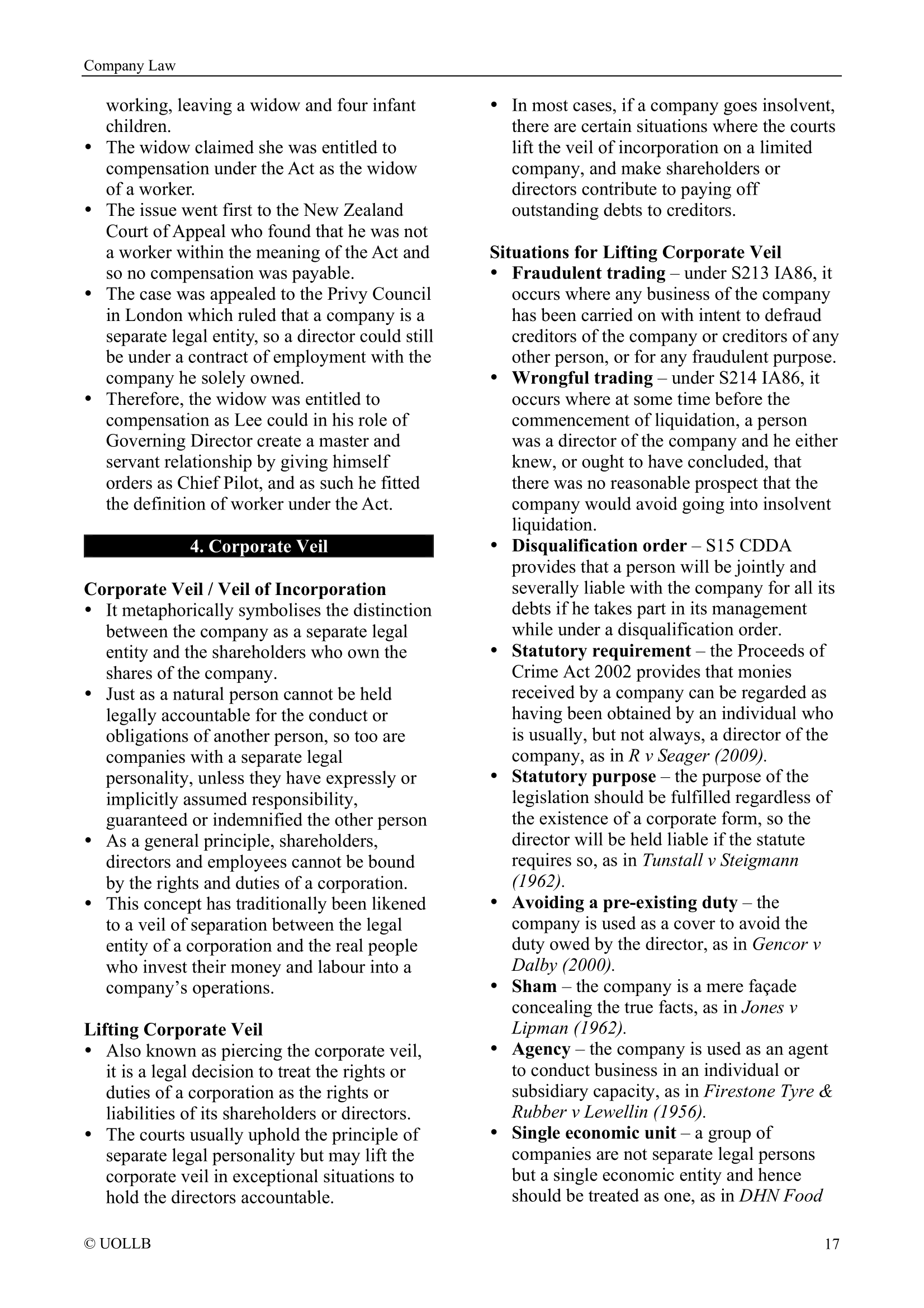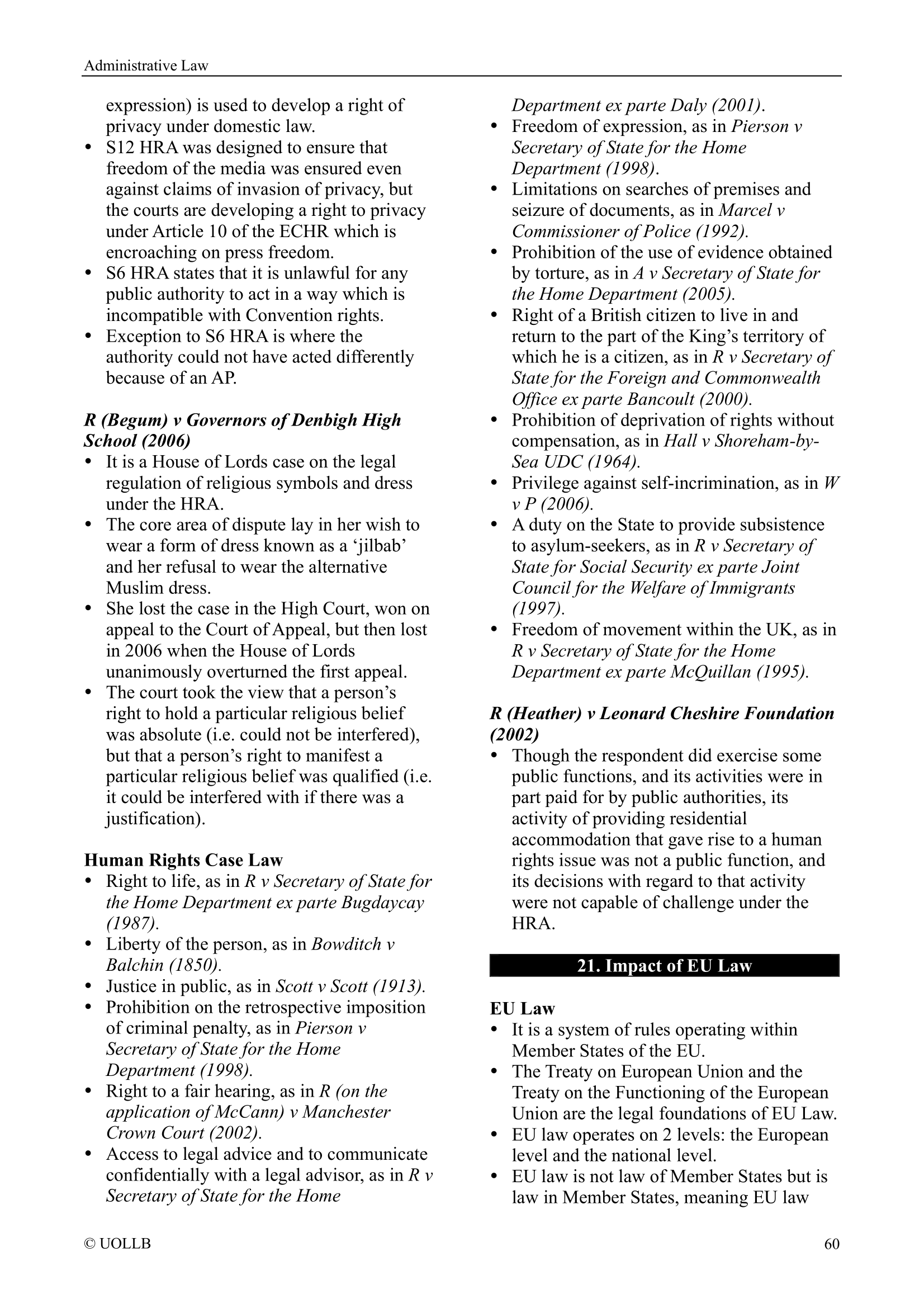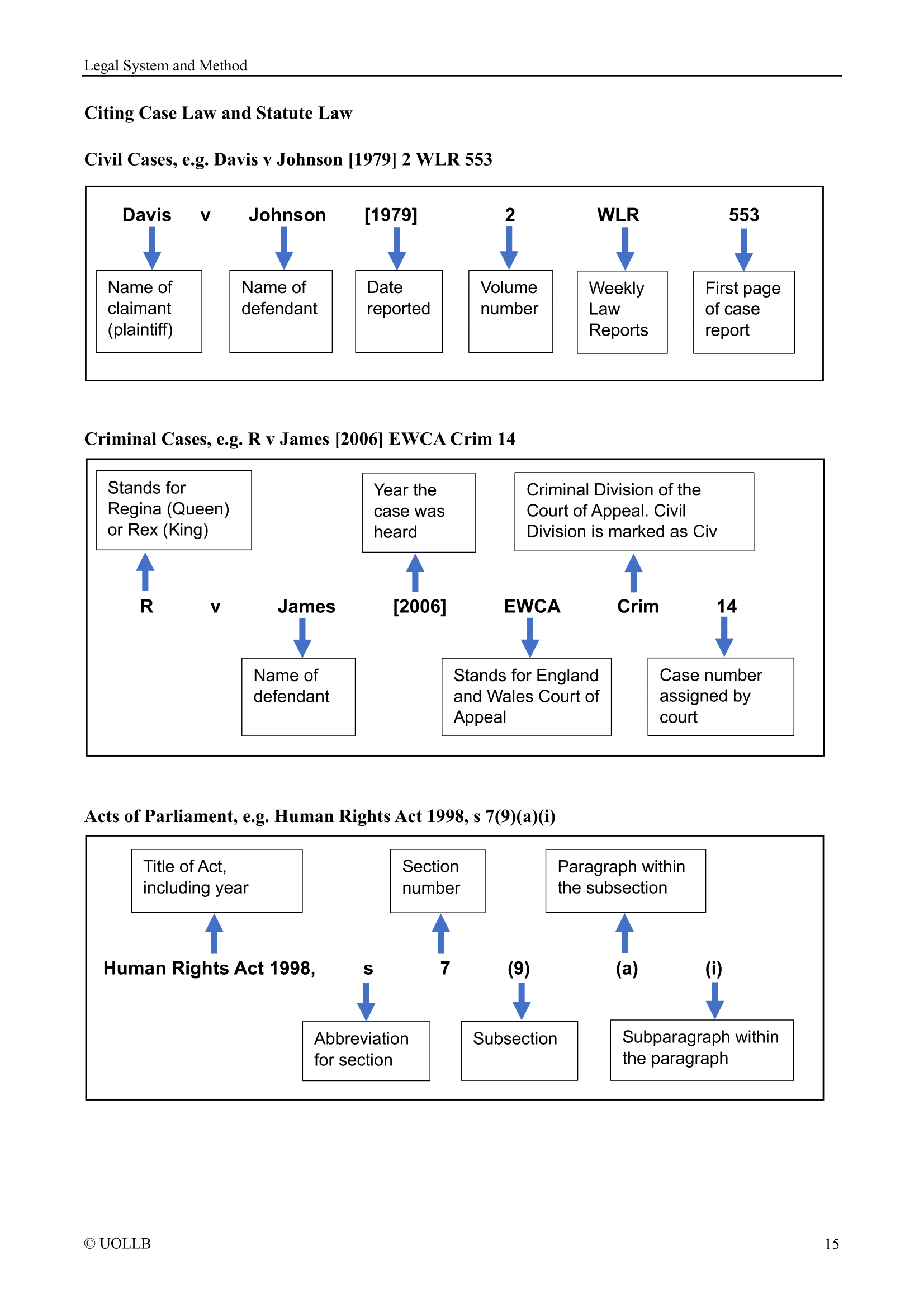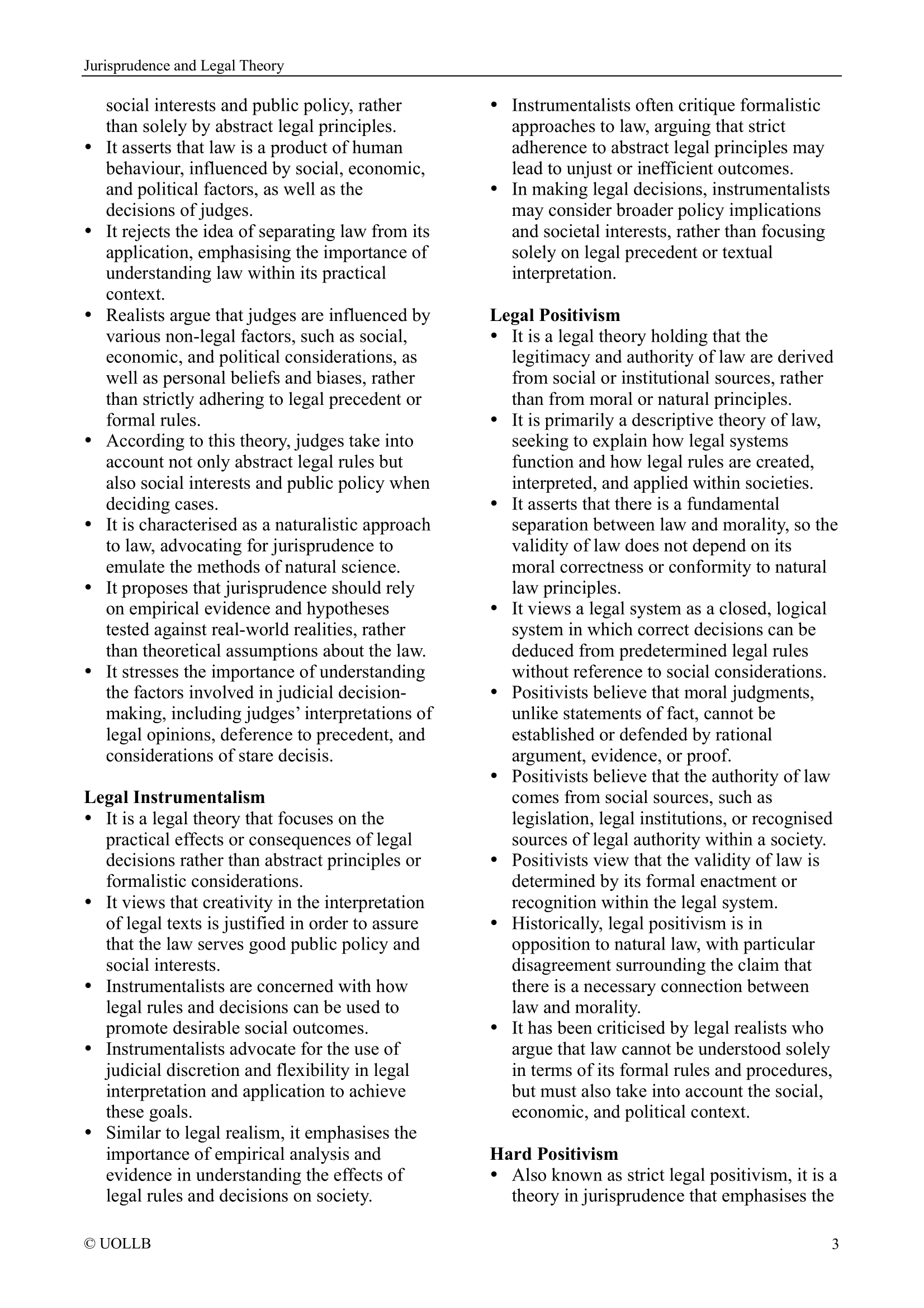Capital Requirements Directive
Share
The Capital Requirements Directive (CRD) is a regulatory framework that sets out the prudential rules and requirements for banks and investment firms within the European Union. It aims to ensure the stability and soundness of financial institutions by establishing minimum capital and liquidity standards, risk management principles, and supervisory practices.
The CRD has gone through several iterations, with the most recent being CRD IV, which incorporates the changes introduced by the Capital Requirements Regulation and the Bank Recovery and Resolution Directive. The framework is based on international standards developed by the Basel Committee on Banking Supervision, with adaptations to the EU context.
Capital adequacy: The CRD sets out the minimum capital requirements that banks and investment firms must maintain to cover various types of risks, such as credit risk, market risk, and operational risk. It establishes the framework for calculating regulatory capital ratios, including the Common Equity Tier 1 and total capital ratios.
Liquidity requirements: The CRD imposes liquidity requirements to ensure that banks maintain sufficient liquid assets to meet their short-term obligations. These requirements aim to enhance banks' resilience to liquidity stress events and prevent liquidity crises.
Risk management and governance: The CRD sets out principles and guidelines for risk management and governance within financial institutions. It emphasises the establishment of robust risk management frameworks, effective internal control systems, and appropriate board oversight.
Supervisory review process: The CRD requires banks and investment firms to undergo a Supervisory Review and Evaluation Process (SREP) conducted by their respective national competent authorities. The SREP assesses the institution's risk profile, capital adequacy, risk management practices, and governance arrangements to determine whether additional measures or adjustments are needed.
Disclosure and transparency: The CRD mandates banks and investment firms to provide regular and comprehensive disclosures to stakeholders, including investors and regulators. These disclosures are intended to enhance transparency and enable stakeholders to make informed decisions.
Cross-border operations: The CRD establishes the framework for cross-border activities and operations of financial institutions within the EU. It aims to facilitate the establishment of branches, subsidiaries, and cross-border mergers while ensuring consistent application of prudential standards across jurisdictions.
It is important to note that the CRD is implemented through national legislation in each EU member state. The specific requirements and details may vary slightly from country to country, as they are adapted to local circumstances while remaining compliant with the overall framework of the CRD.
